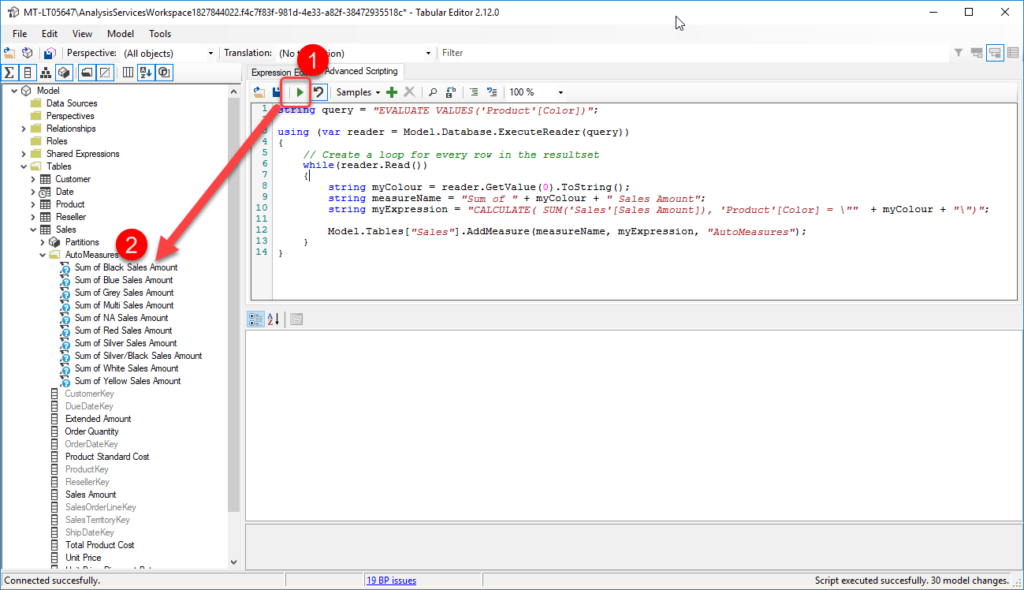
So, I had to come back from my earlier statement. However, I learned that there are still many businesses still working in local languages, especially when you build solutions for local store managers for example, they work in a very localized setup. At least in the Netherlands and in my experience, we work a lot with external parties and expats, meaning the main language is English. I felt that everyone should just accept that the solution is entirely in English. At one of my clients, there was a requirement to have the solution supported in Dutch, Flemish (Belgium), French and German.įirst, I was hesitant to accept this new requirement, especially as the entire model from a platform and Power BI perspective are entirely build in English. Recently, I came across this requirement more often. Happy translating! Why translating?Īs I already shared during the introduction of this post, it might be that you have a requirement to support your Power BI solution in multiple languages. Besides the meta data, I will also elaborate on aspects like visual titles and translating the data itself.


In this post I will elaborate on using translations in Power BI, to automatically translate your Power BI model meta data to different cultures. But what do you do? Should you start duplicating your entire solution and translate all elements to a different language? Or develop your entire solution in the corporate native language, like Dutch or German? As not in all countries and businesses, it is common that everyone speaks and communicates in English all day, it can be relevant to support other languages for your Power BI solution.

In case you’re working in an international company, you might have to deal with multiple languages and cultures at the same time.


 0 kommentar(er)
0 kommentar(er)
